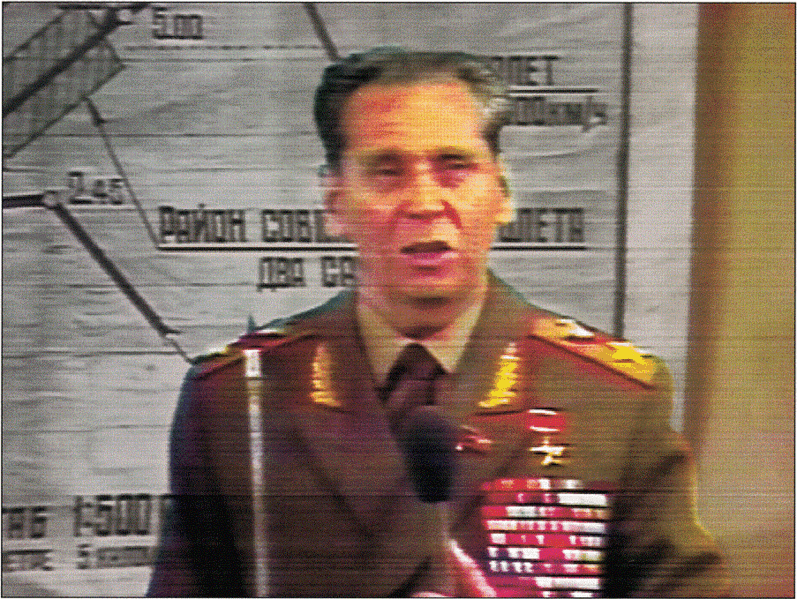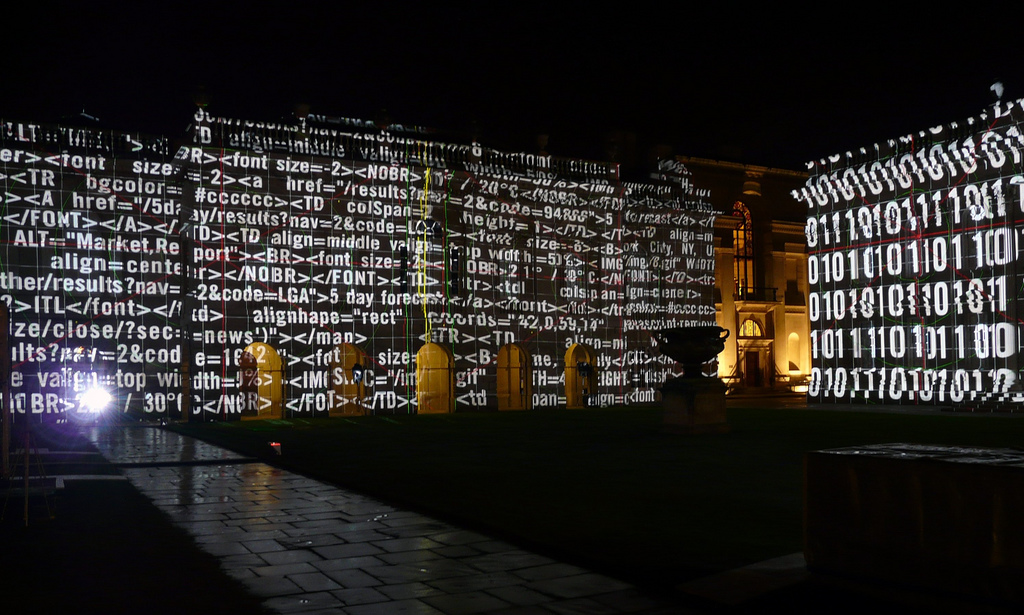The guns of March – Putin’s Ukraine gambit and the US rebalance to Asia
The sudden outbreak of tensions in Europe as a result of Russia’s military intervention into the Crimea has led to dramatic days for international security policy makers. One hundred years after the outbreak of the First World War, Europe is once again confronting the prospect of major power tensions and even the risk of a new Cold War with Russia. As Strobe Talbott tweeted: ‘Consensus in the cacophony of chatter and sober official statements today: no one wants a new Cold War. That doesn’t mean we’ll avoid it’.
What would a new Cold War between Russia and the West imply for US choices on its rebalance to Asia, and by extension for the security choices of its Asian partners? In 2014, Russia’s armed forces, though significantly smaller than those the Soviet Union possesed at the end of the Cold War in 1991, are still potent in terms of capability. NATO policy in a renewed Cold War with Russia would be focused initially on preventing a conflict in Ukraine from threatening adjoining NATO member states, but could evolve into deterring any Russian threat to NATO’s broader eastern frontier if tensions increased. In this scenario, the US would have little choice but to respond to the needs of its allies in Europe. The alternative of not assisting NATO would risk the fracturing of the Alliance as new members lost confidence in NATO collective security commitments. So renewed tension in Europe may impose significant new demands on US defence deployments such that it mightn’t have the luxury of decreasing its commitments to Europe in order to rebalance its forces to Asia. Read more



